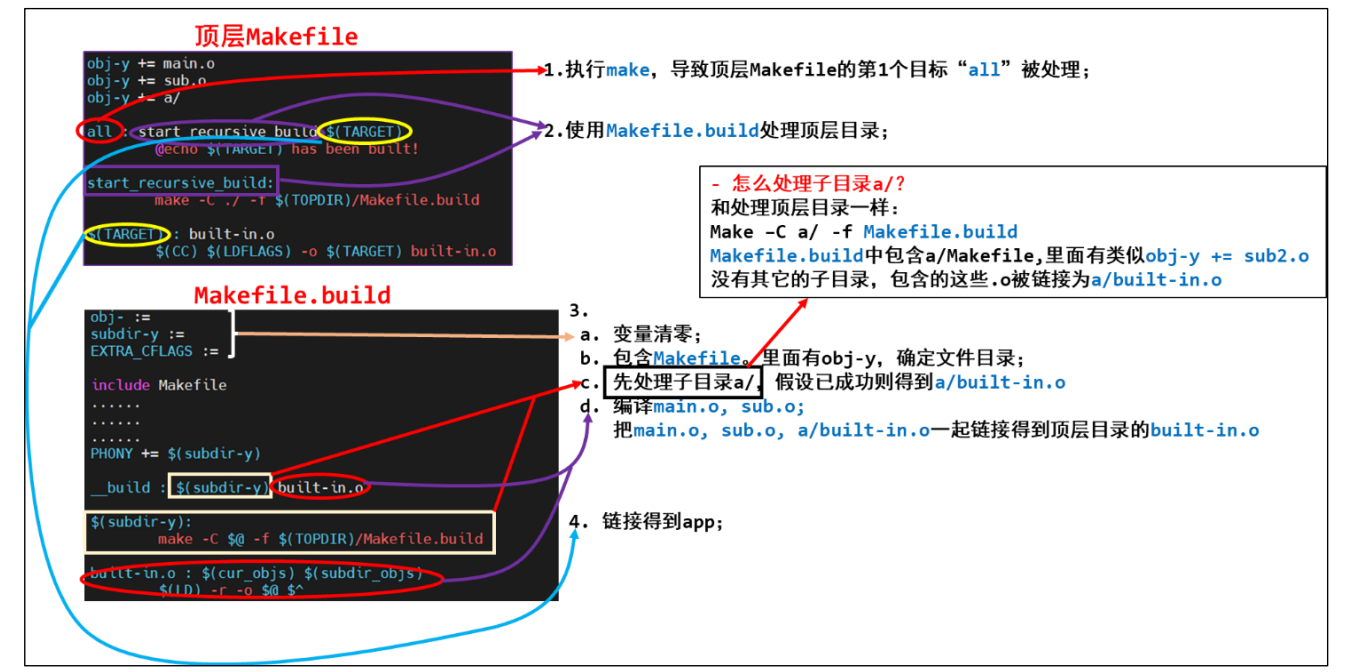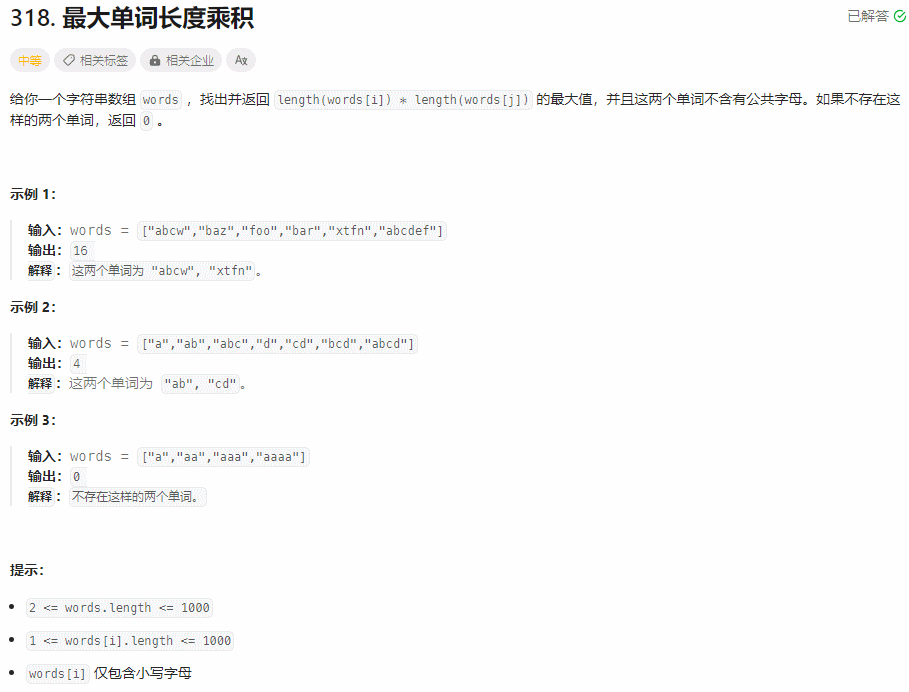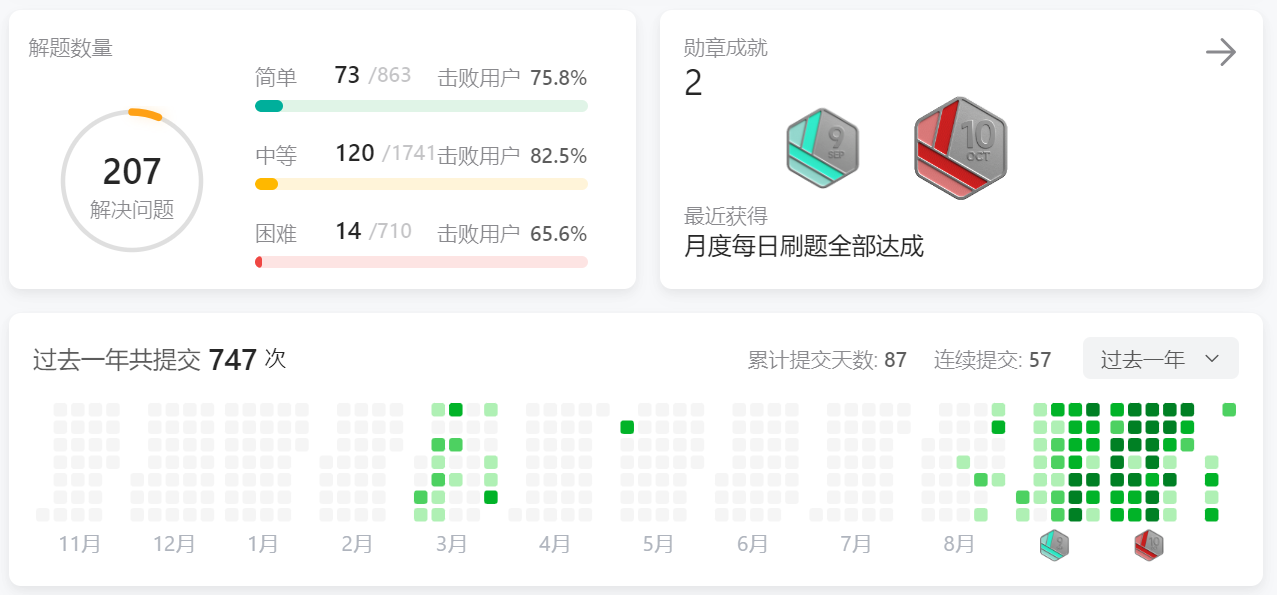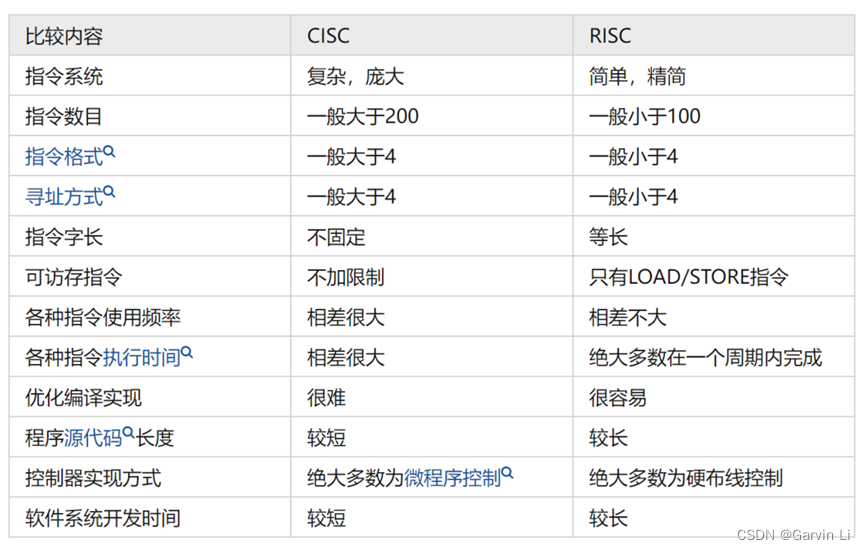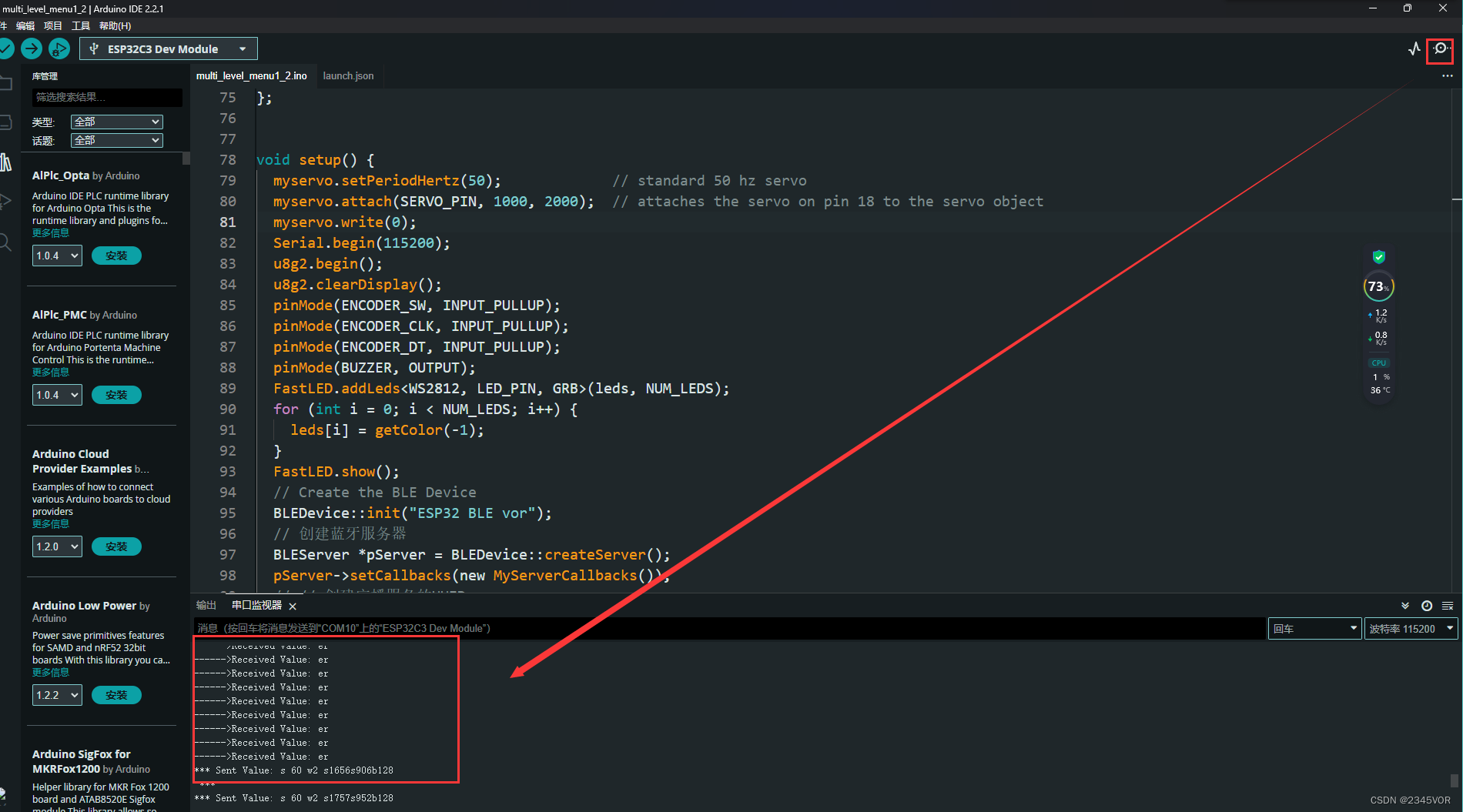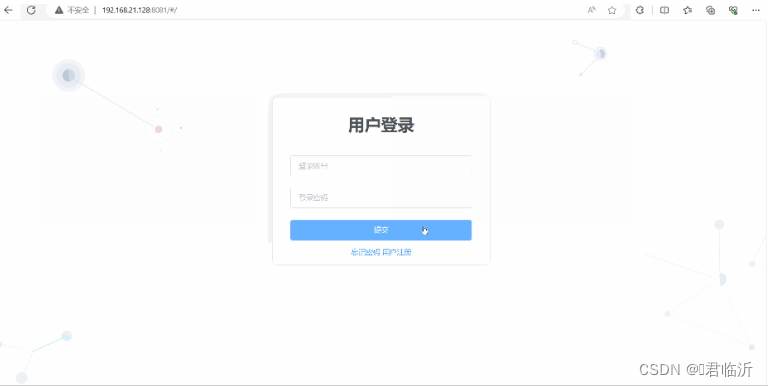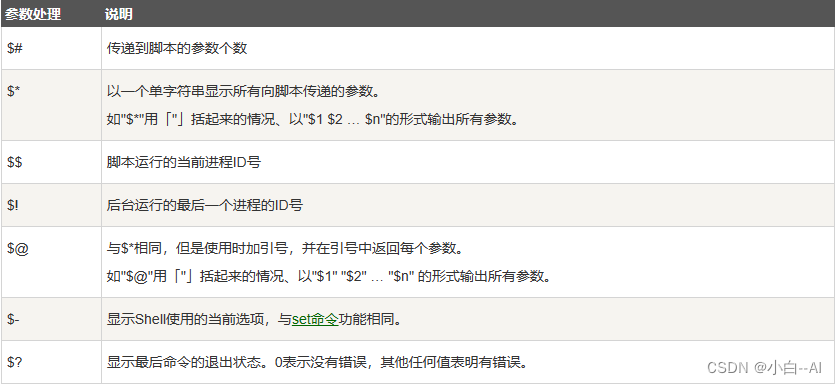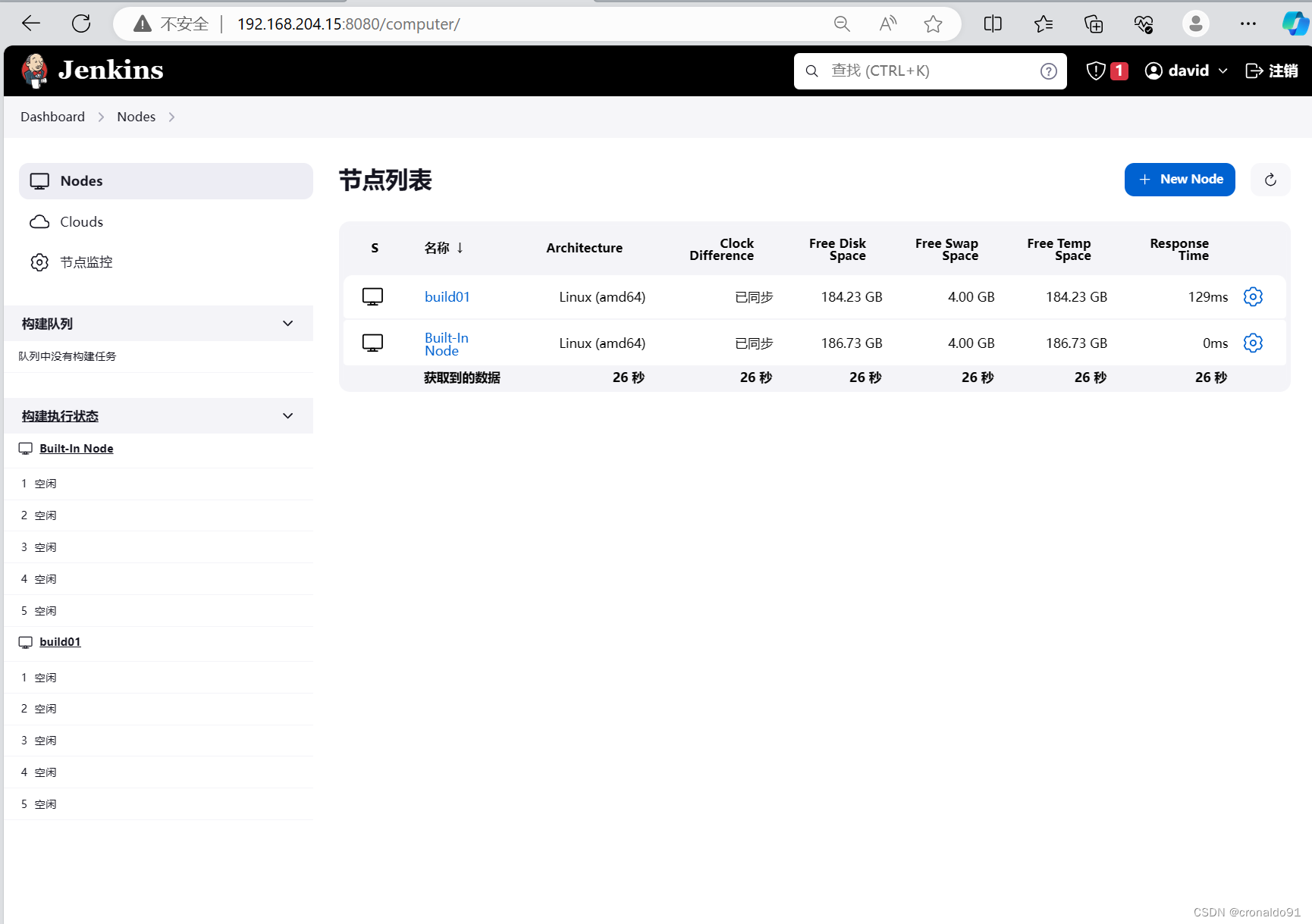其他语言,如Go早期就支持了叫做协程的东西,它是轻量化后的线程,而Java异步编程却只有线程的概念。JDK8以后的升级带来的改变总体感觉不大,不过这次JDK21带来的Virtual Thread还是值得体验一把的,可以说是YYDS,终于有理由不使用Java8了!
首先下载JDK 21。
如官方所说,Virtual Thread在JDK19和JDK20时,还是预览版本。在JDK21才正式确定出道。因此现有版本,已经可以正式使用了。

下面所有的Virtual Thread我都叫他虚拟线程了,而不是协程,反正只是个名。
不过新版本发布之后,想要正式使用,还需要等待IDE更新,不然使用体验没那么好。
以下测试都是通过JDK原生编译命令执行。
一、快速入门
1.1 如何创建
Java的虚拟线程,是基于ForkJoinPool线程池实现的,它适用于密集型阻塞场景。
常规情况下,如果存在阻塞,那么线程就会卡在那里了,这段时间是啥也不干,但却又占着茅坑。其实这部分时间还是可以让他做别的事情的,就像netty的事件驱动非阻塞一样,于是虚拟线程应运而生。
说人话就是,虚拟线程适合处理大量阻塞的任务。如果处理计算任务,或者个数较少的阻塞任务,优势并不明显。
Java中的new Thread()获取到的即对应操作系统中的线程。不过在JDK21中,给了他更明确的概念,平台线程PlatformThread。
不求甚解,只求会用。至于如何创建PlatformThread和VirtualThread,请看以下代码。
//线程,即平台线程。两种方式
Thread platformThread = new Thread(new TestRunner(null));
Thread platformThread1 = Thread.ofPlatform().unstarted(new TestRunner(null));
//虚拟线程。跟一下源码,可知他是依赖于池化的ForkJoinPool的
Thread virtualThread = Thread.ofVirtual().unstarted(new TestRunner(null));
1.2 性能比较
下面比较PlatformThread和VirtualThread处理密集型阻塞任务时的执行性能。
import java.text.SimpleDateFormat;
import java.time.Duration;
import java.util.Date;
import java.util.concurrent.CompletableFuture;
import java.util.concurrent.CountDownLatch;
public class Main {
/**
* 基于15个线程池实现的虚拟线程
* 执行一万个任务,每个任务耗时1000毫秒,总共耗费2637毫秒
*/
public static void virtualThread(int count) throws Exception {
StopWatcher stopWatcher = new StopWatcher();
stopWatcher.start();
CountDownLatch countDownLatch = new CountDownLatch(count);
for (int i = 0; i < count; i++) {
Thread.ofVirtual().start(new TestRunner(countDownLatch));
}
countDownLatch.await();
stopWatcher.stop();
System.out.printf("本次执行耗时:%s毫秒", stopWatcher.getTimeInterval().toMillis());
}
/**
* 基于15个池化线程
* 执行一万个任务,每个任务耗时1000毫秒,总共耗费11分钟
*/
public static void platformThread(int count) throws Exception {
StopWatcher stopWatcher = new StopWatcher();
stopWatcher.start();
CountDownLatch countDownLatch = new CountDownLatch(count);
for (int i = 0; i < count; i++) {
CompletableFuture.runAsync(new TestRunner(countDownLatch));
}
countDownLatch.await();
stopWatcher.stop();
System.out.printf("本次执行耗时:%s毫秒", stopWatcher.getTimeInterval().toMillis());
}
public static void main(String[] args) throws Exception {
int count = 10000;
//virtualThread(count);
platformThread(count);
}
public static class TestRunner implements Runnable {
private final CountDownLatch countDownLatch;
public TestRunner(CountDownLatch countDownLatch) {
this.countDownLatch = countDownLatch;
}
@Override
public void run() {
try {
System.out.println(Thread.currentThread() + " start " + new SimpleDateFormat("yyyy-MM-dd HH:mm:ss").format(new Date()));
Thread.sleep(1000);
System.out.println(Thread.currentThread() + " stop " + new SimpleDateFormat("yyyy-MM-dd HH:mm:ss").format(new Date()));
countDownLatch.countDown();
} catch (Exception e) {
System.out.println(e.getMessage());
}
}
}
public static class StopWatcher {
private long start;
private long stop;
public StopWatcher() {
}
public void start() {
this.start = System.currentTimeMillis();
}
public void stop() {
this.stop = System.currentTimeMillis();
}
public Duration getTimeInterval() {
return Duration.ofMillis(this.stop - this.start);
}
}
}
进行编译,并运行。
javac Main.java && java Main
两种方式,分别模拟处理10000个阻塞任务,每个任务阻塞1秒。
- PlatformThread: 15个池化线程
- VirtualThread: 15个池化线程,但是采用了虚拟线程方式
我的硬件情况就不详细描述了,直接对比结果,就能清楚明了感受到差异。
执行结果
- 耗时对比
- PlatformThread: 耗时11分钟
- VirtualThread:耗时2秒
- CPU使用率对比
- PlatformThread: 占用10%左右
- VirtualThread: 占用50%左右
综上,处理密集型阻塞任务,使用VirtualThread更大程度发挥了CPU性能!
此处官方已经明确说了,虚拟线程只适合密集型阻塞场景。假如像计算型,反而会降低性能。
说白了,虚拟线程就是压榨CPU空闲的时间,不允许他闲下来。这点跟操作系统的时间片、Netty的事件驱动类似。
二、实际案例
2.1 购物
请看如下代码

像findUserByName和loadCardFor是通过数据库查询,其实在查询的过程中,将请求发给数据库,等待数据库响应的过程就是阻塞的。
这种顺序执行的情况,其中就存在CPU利用不充分的问题,就可以使用异步编程提升性能。但是采用多线程能提高性能吗?
先分析下业务,这是一个购物过程。
- 用户:查询并获取用户
- 购物车:通过用户查询并获取购物车,获取购物车的总价格
- 订单:支付该用户的总价格对应的费用,获取订单
- 通知:通知用户订单信息
会发现这里面是环环相扣的,没有并行的业务。
即使我们把代码进行了异步如下,有意义吗?没意义!
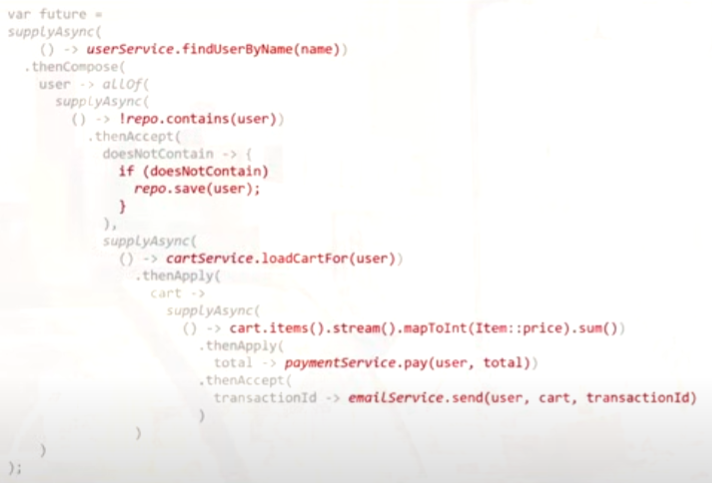
假如同时来100个请求,会发现,阻塞时间的总量根本没变。性能并没有提升。
2.1 购物-优化版
那么如何提升性能?就得通过阻塞入手了,让他变成不阻塞。这样单位时间内处理的请求就更多了。
而且,也不能采用上述异步后的代码形式,因为他难以阅读、难以调试。
我们希望他
- 不阻塞
- 易阅读、易调试
那么如何优化呢?请看如下代码。
private ExecutorService executor = Executors.newVirtualThreadPerTaskExecutor();
public void pay(String name) throws Exception {
executor.submit(() -> {
User user = userService.findUserByName(name);
if (!repo.contains(user)) {
repo.save(user);
}
var cart = cartService.loadCartFor(user);
var total = cart.items().stream().mapToInt(Item::price).sum();
var transactionId = paymentService.pay(user, total);
emailService.send(user, cart, transactionId);
})
}
使用虚拟线程,既能易调试、易阅读,而且将原来阻塞的时间用来处理更多的请求。**这些内部执行过程,都由Java自行处理,不需要开发者关心。**用老外的话说,”这不是魔术,这只是工程化“。
如果不理解,建议将1.2的代码亲自调试一下。
三、参考致谢
JEP 444: Virtual Threads
Java 21 new feature: Virtual Threads #RoadTo21 - YouTube


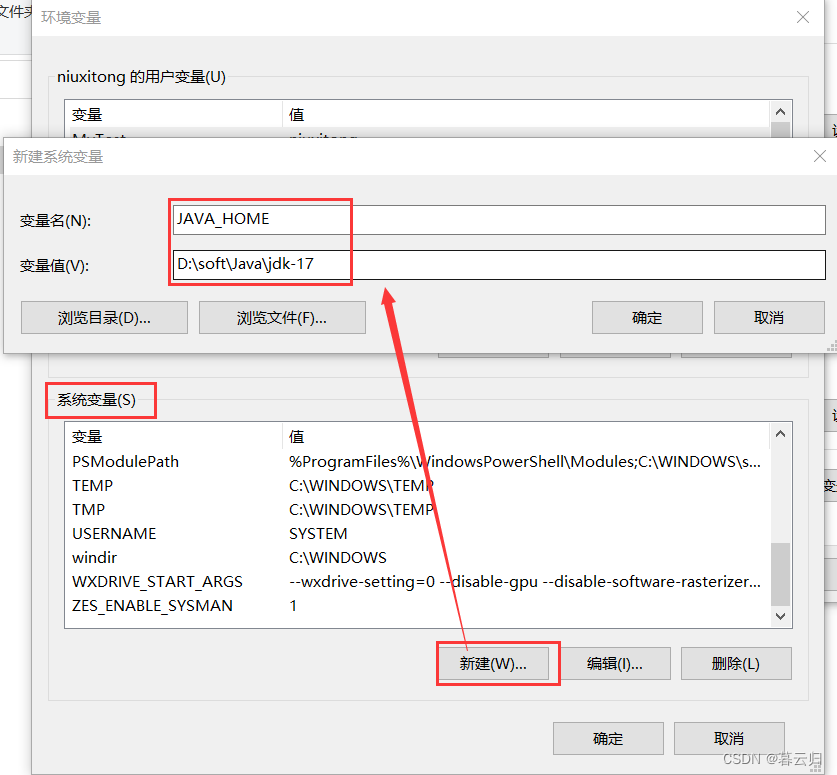



![前沿重器[37] | 大模型对任务型对话的作用研究](https://img-blog.csdnimg.cn/img_convert/6404b49ac74071254823683c0bb37cfd.png)
